The history of the evolution of society indicates that at various stages in the development of production relations and productive forces, the public economy repeatedly took different economic forms, the first and initial of which was subsistence farming (subsistence production).
According to historical data, at different times there was a significant variety of its models: Asian, Slavic, primitive, Germanic community and others. Despite the commonality of the main features, a single model had individual characteristics determined by the specific habitat.
Natural production and its main features
They have the following form:
- The subsistence economy is represented by a closed system, that is, it is inherently autarkic. A single business unit carries out the entire list of works and thereby self-provides itself with all the benefits necessary for life.
- Subsistence production is not associated with the division of labor, which is therefore unproductive. This results in a minimum amount of surplus product.
- This economic form of social economy is not characteristic of exchange.
- It is historically based on land ownership. This form of management appeared as a result of stagnation in the social division of labor and the primitive nature of its material conditions.
- Subsistence production is a form of economy that is based on the creation of material goods and services exclusively for consumption within a single economic unit. Thus, there is no development of any external relationships.
- Production relations here are expressed by the relationship between people, and not through the products of their labor, for example, the slave owner and his slave. Subsistence production rigidly closes the economic processes existing at that time inside local units, thereby preventing the opening of channels for establishing external relations.
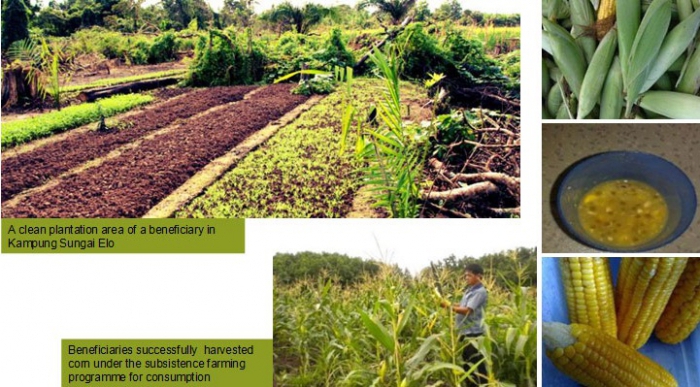
So, subsistence production (its main features, more precisely) was, so to speak, primitive in terms of both the development of production interconnections within a separate economic unit and the most elementary ties between communities.
The labor force was rigidly assigned to the corresponding economic community and was deprived of mobility. This justifies the conservatism of subsistence farming. Mostly it is the specific features of the natural form of management that reveal the reason for the vitality and sustainability of agricultural communities for many millennia.
The natural form corresponds to both a certain level of productive forces and certain production relations, which predetermine the very narrow goal of all production: satisfying needs that are insignificant both in quantitative and nomenclature aspects, having a primitive character.
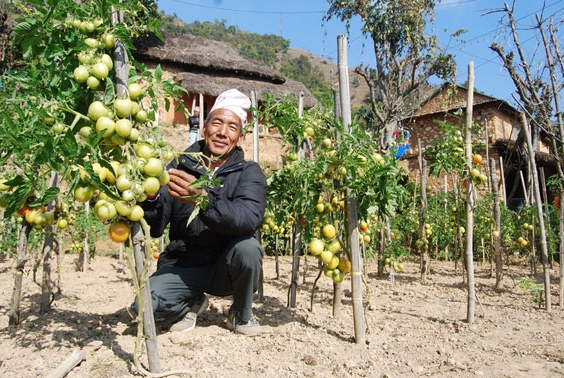
Subsistence economy and commodity production
The prerequisites for the emergence and further development of the following forms of management were the following facts:
- The commodity form was originally conceived as the exact opposite of subsistence farming.
- It is an orderly social production in which economic relations manifest themselves through the market (through the purchase and sale of labor products).
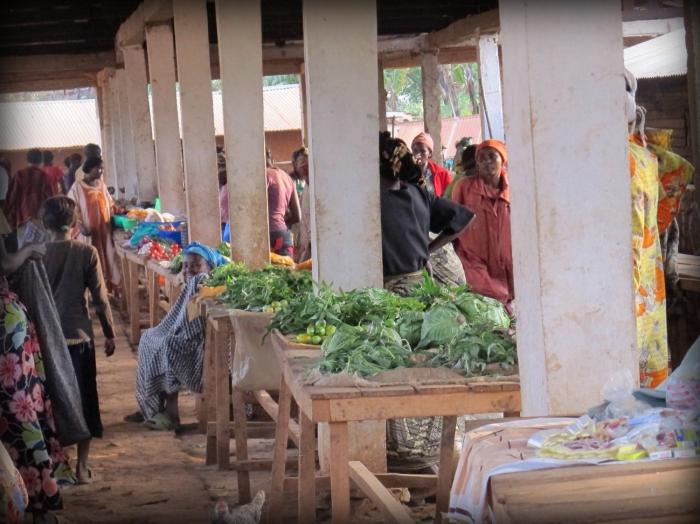
So, natural and commodity production acted as a kind of counterbalance to each other. The transition to the latter became evidence of the emergence and further evolution of economic thinking and subsequent commercially civilized relations in the economic sphere.
Two conditions for the development of commodity production
- The presence of a social division of labor, according to which each producer is engaged in the manufacture of a certain type of product. Specialization was the main condition for increasing labor productivity, and subsequently technological revolutions. This is what became the prerequisite for the production of the additional volume of products necessary to meet all the needs of the community.
- The economic isolation of production, that is, producers began to be considered owners. In view of this, the need arose for the exchange of labor results.
So, the first condition is the prerequisite for the emergence of commodity production and the second - producers.
Different understanding of the usefulness of goods from the point of view of manufacturers and consumers
The production of natural products is associated with the concept of utility, that is, any product of this production has this property. In other words, he is able to provide certain human needs, even those that cause damage to health (drugs, alcohol, cigarettes, etc.), as this can satisfy the corresponding biological needs or spiritual needs.
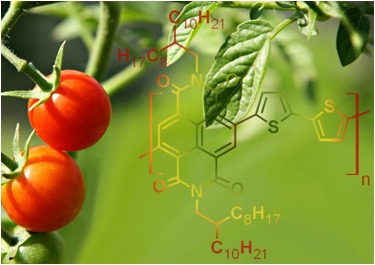
Manufacturers of products regard them as a set of material properties that provide the desired utility. An example is iron ore, which is estimated based on the quantitative content of iron in it, or milk, which has a certain amount of vitamins, proteins, fats, milk sugar, etc. That is, there is a direct relationship between the amount of nutrients in a product and its quality.
Consumers quite often are guided by their subjective assessments of the benefits of the good, while neglecting their important objective qualities. They perceive natural products from the position of personal requests, preferences and tastes.
The characteristic of natural production in this aspect comes down to the fact that the range of useful manufactured products that are created for consumption within an economic unit is very limited. In contrast to the second form of production, based on the principle of the social division of labor, in which not only the quantity and assortment of manufactured products increases, but also the properties of the goods change.
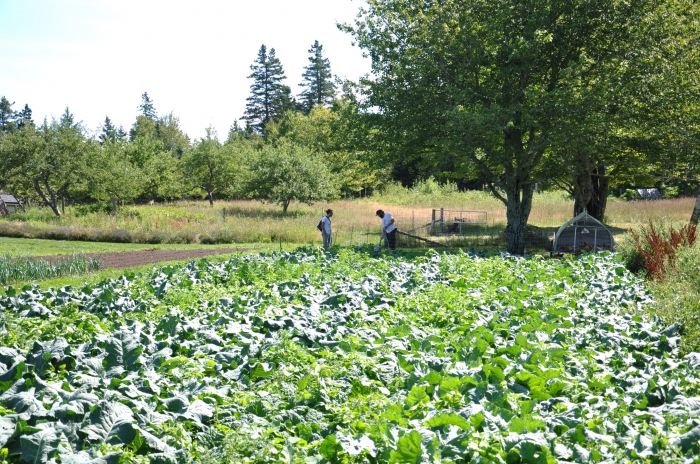
The nuances of accounting for products in physical terms in the framework of certain types of economic activity
The relevant lists relating to the production of a certain assortment of goods include products that are manufactured by the organization both from its own stocks of materials and raw materials, and from semi-finished products attracted by unpaid (tolling). It is intended for transfer to other individuals and legal entities, its divisions and own capital construction, and then for crediting as an element of current assets or fixed assets. For example, special equipment, overalls, which were issued to own personnel on account of wages or spent on personal production needs.
For each assortment of products that are recorded in value terms (for example, furniture, medicines, etc.), as well as information on production and product balances, an accounting is carried out at actual cost or at appropriate accounting prices. And if the goods are made using tolling raw materials, then accounting is carried out at a total cost, including prices for these raw materials.
Production in kind may also include in its reports information on the release of prototypes if, according to the production technology, they are recognized as completely finished, are accepted by the relevant technical control service and have the necessary document, which serves as a confirmation of their quality and compliance with mandatory standards.
Production and marketing plan
He acts as the central section of both strategic and current plans. Its goal is to ensure the growth of output, a significant increase in the quality of goods, more complete satisfaction of consumer demand and the use of production capacity and raw materials to the maximum.
What indicators are calculated in this plan?
It allows you to determine the required quantity and range of products intended for production, according to the following indicators:
1. Volume of production in kind:
- finished products (processing completed, there is compliance with state, international standards and technical conditions);
- semi-finished product (not all processing stages have been passed, it is considered the final product of the corresponding stage and the starting material for the next)
- work in progress (is at the processing stage, all stages have not been completed within the workshop or enterprise);
- production of auxiliary workshops (steam, electricity, water supplied for own needs or to the side).
The use of appropriate natural meters is based on the use of certain physical and technical properties of processes and objects. So, for example, bread products can be measured in basic units of mass - kilograms or tons.
The volume of production in physical terms of each unit is taken into account by summing its components: finished products, semi-finished products and work in progress.
2. The volume of production in conventional terms.
3. The volume of production in value terms.
4. Indicators of the existing production capacity of the enterprise.
5. Indicators characterizing the quality of products.
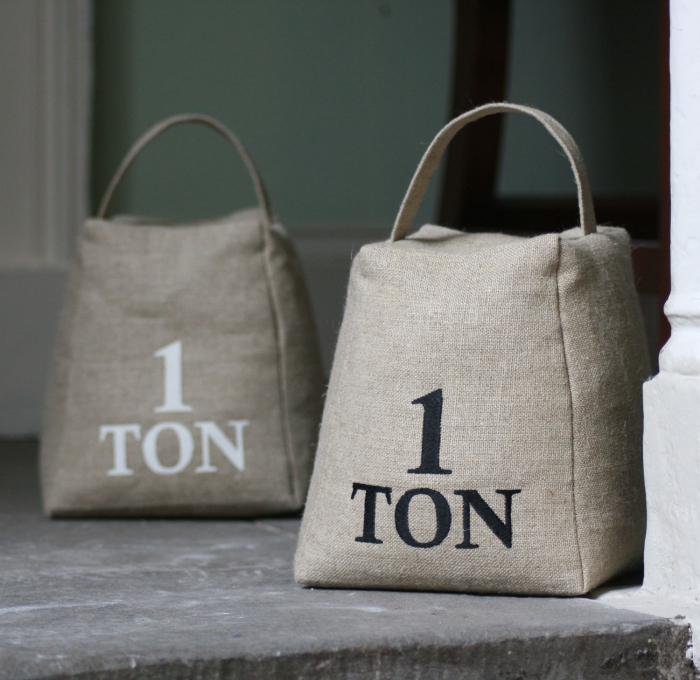
The main advantage and the main disadvantage of natural meters
A positive aspect is expressed in the fact that these meters allow you to visualize the physical volume of the object being taken into account.
Their main drawback is the restriction on the possibility of generalizing various accounting objects.
Natural indicators are summarized only for homogeneous operations. Heterogeneous objects cannot be summed up. As a result, it is impossible to obtain a generalized idea of them.
Analysis of the production plan in kind
Evaluation of its implementation in the following areas:
- established nomenclature;
- the number of orders;
- the number of certain contracts;
- assortment of products of individual types of production.
Two directions for evaluating the output of a particular nomenclature
First of all, it is necessary to analyze the annual plan and growth rate in comparison with the previous period.
Secondly, production in kind is studied in dynamics over a certain number of years.
Evaluation of the implementation of the plan by item
It is based on a comparison of the established plan target with the actually produced quantity of products in the corresponding natural expression, as well as the volume of output in the previous reporting period.
For each assortment, the degree of fulfillment of the plan in percentage terms is established, and the deviation from it and from the output of the previous period in absolute terms.
You can also install:
- the number of product groups in which the plan is fulfilled or overfulfilled;
- the number of types of products produced outside the plan;
- the number of types of products established by the plan, but not produced in this reporting period.








